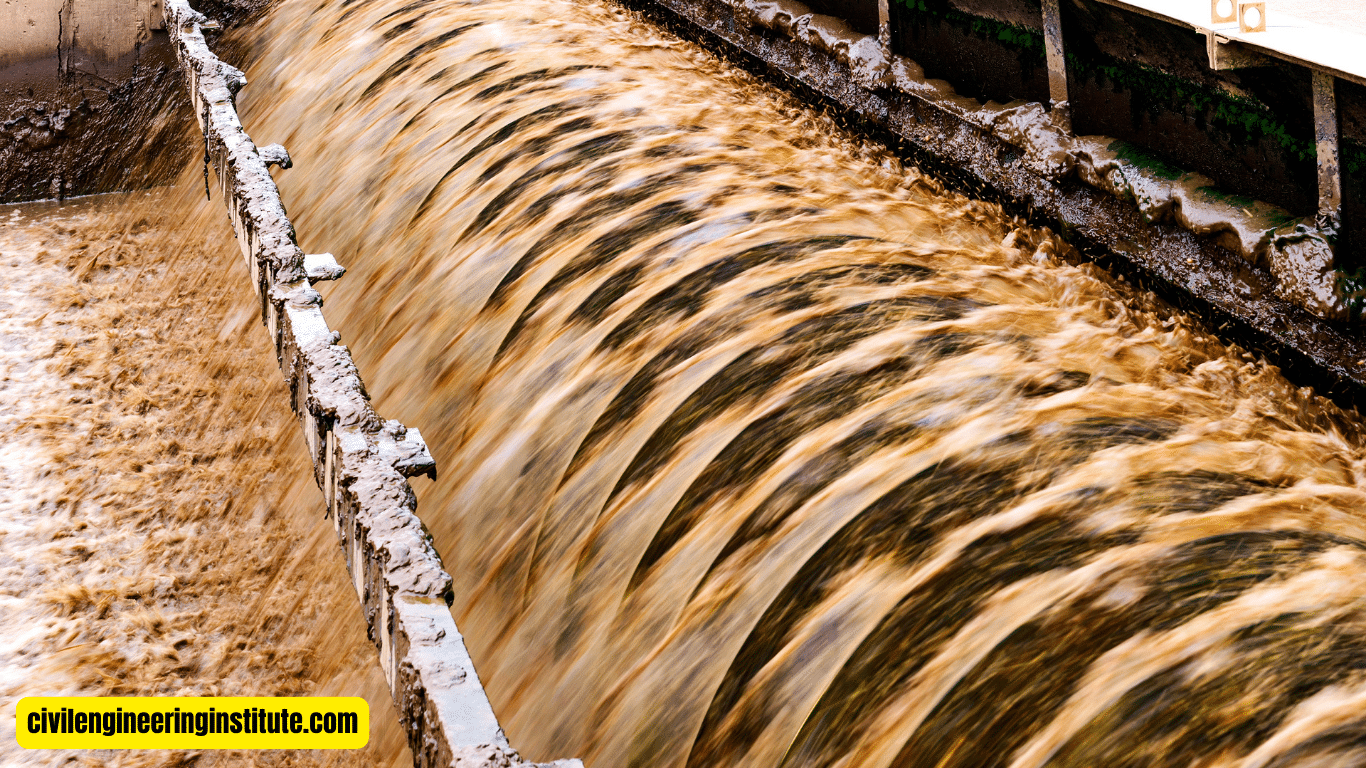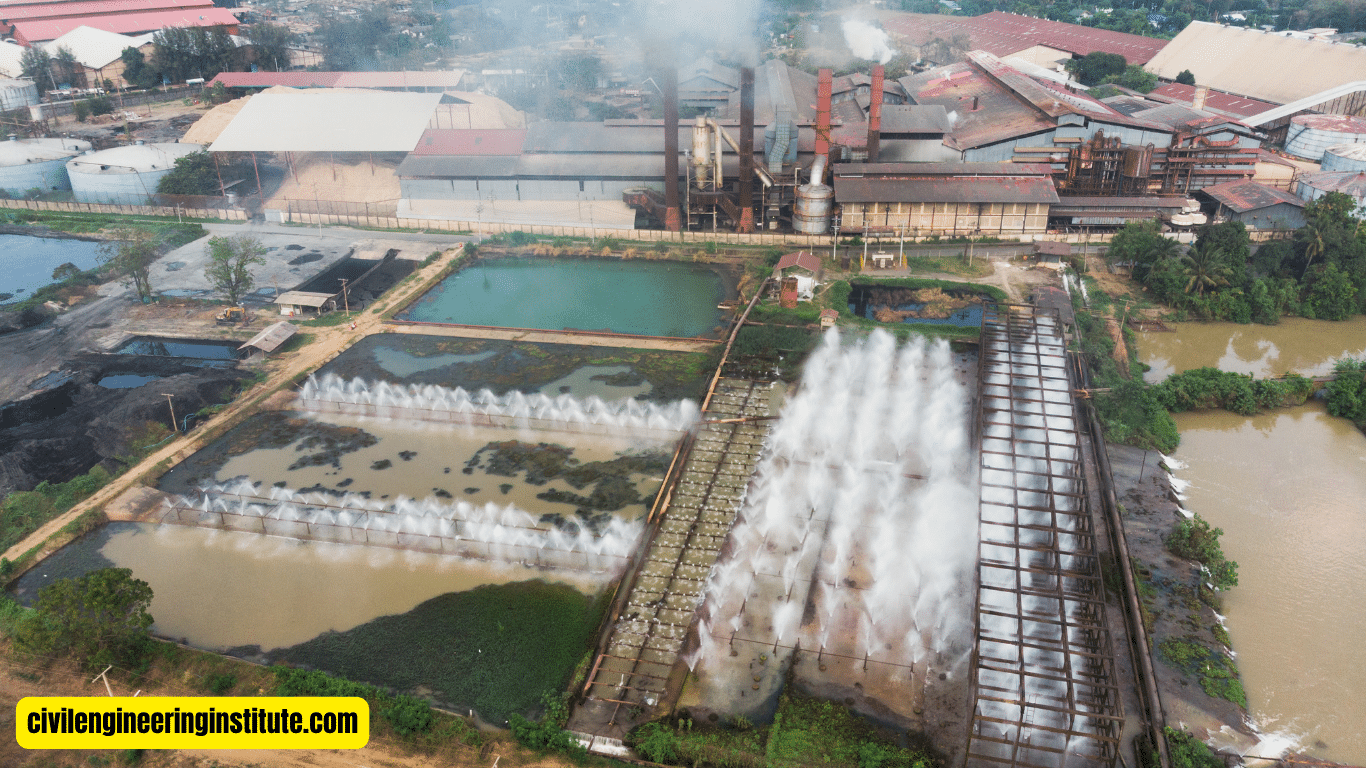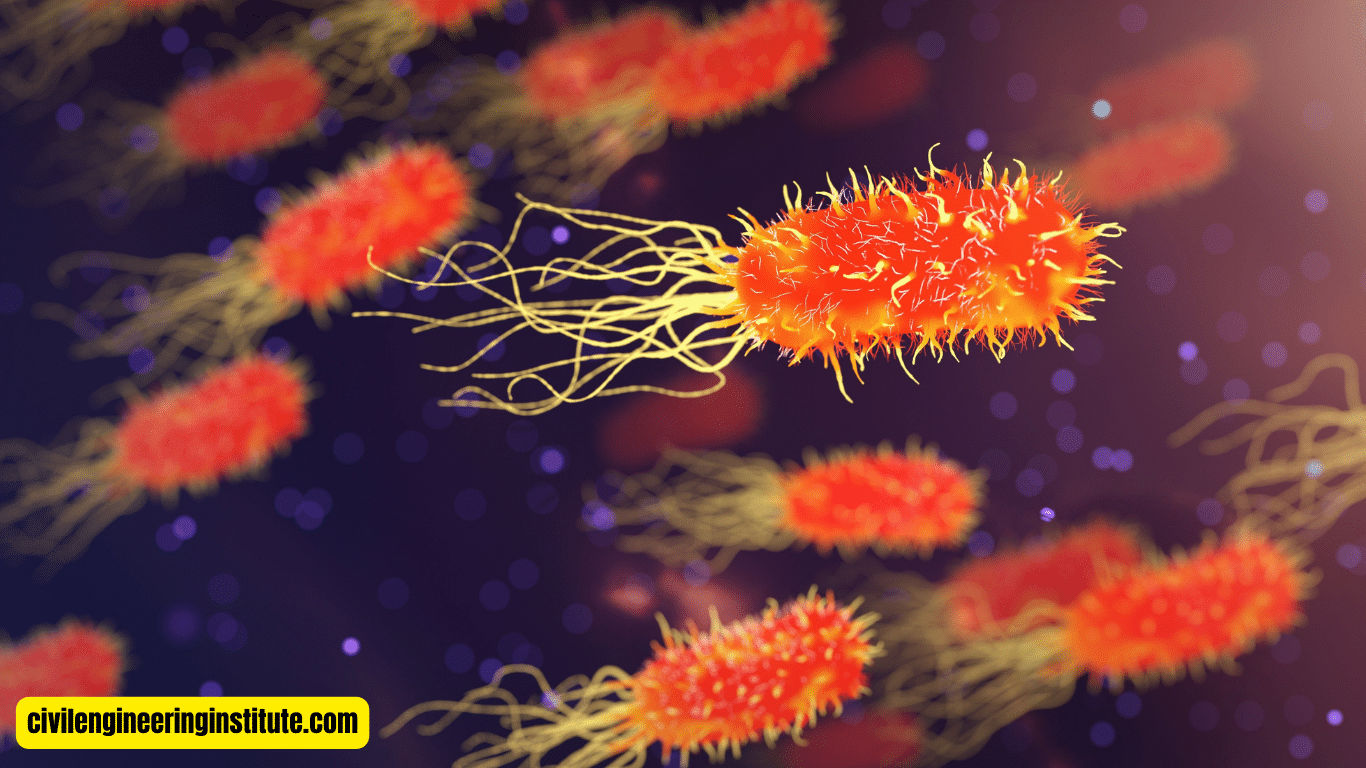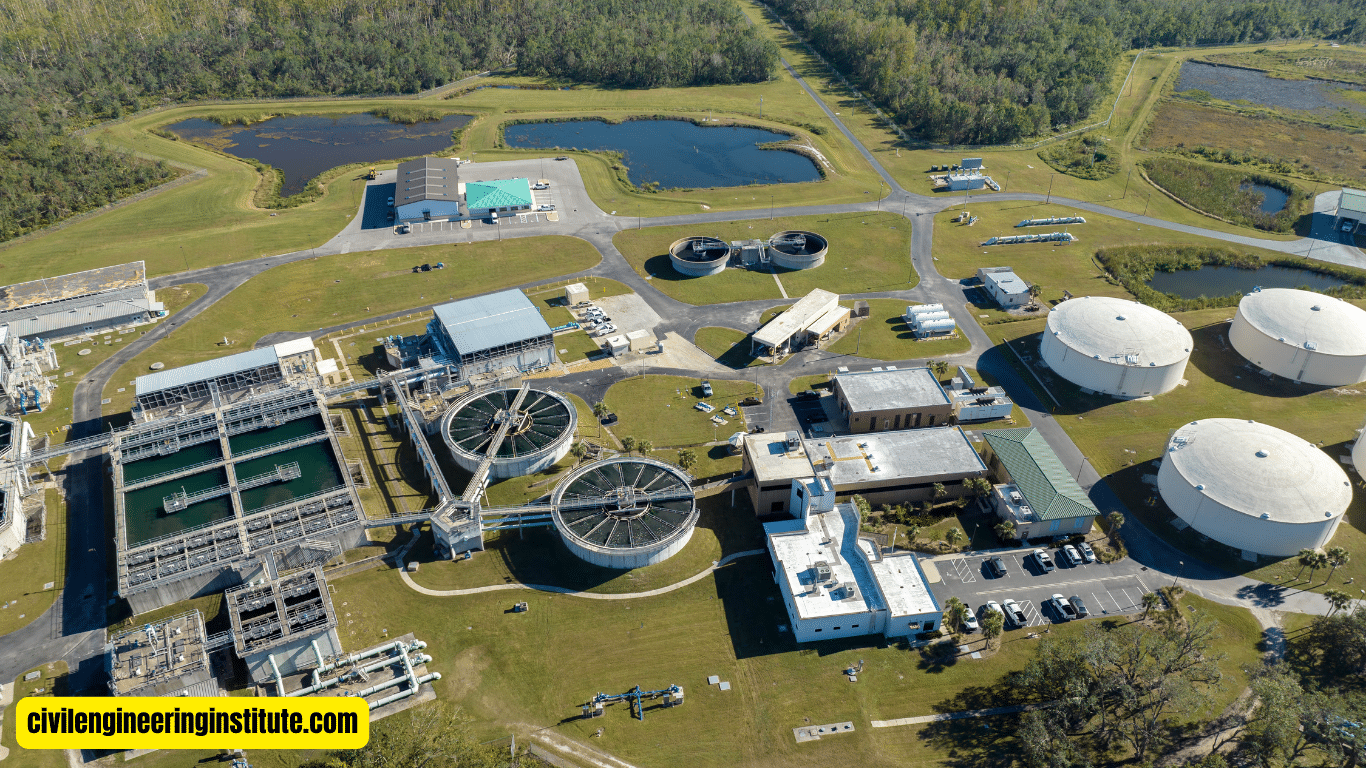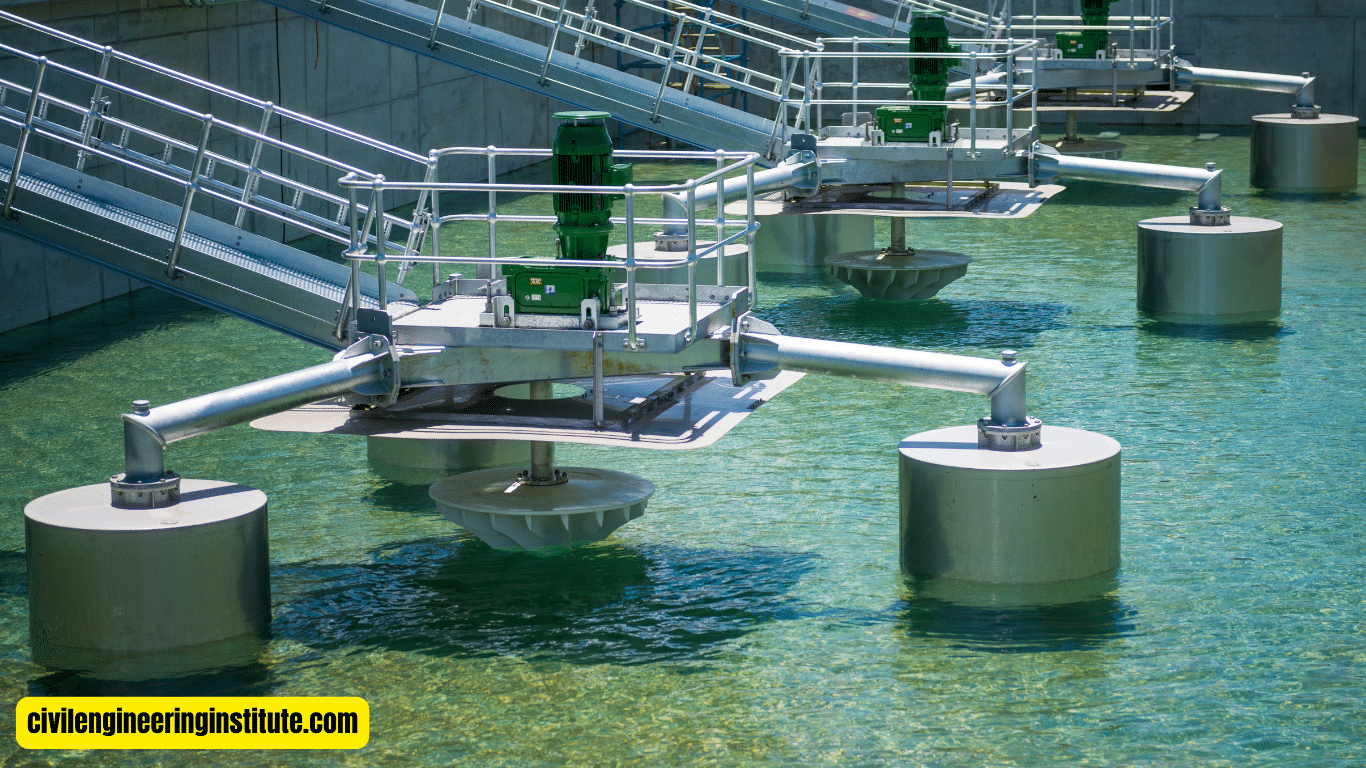Wastewater treatment involves various methods to remove contaminants and pollutants before releasing water back into the environment. These methods can be categorized into physical, chemical, and biological treatments. Physical methods like screening and sedimentation involve physically separating solid particles from wastewater. Chemical methods such as coagulation and disinfection use chemicals to remove dissolved substances and kill harmful microorganisms.
Biological methods employ microorganisms to break down organic matter in wastewater through processes like aerobic and anaerobic digestion. Each method plays a crucial role in treating wastewater effectively, ensuring that the water discharged meets environmental standards and is safe for reuse or disposal. By employing a combination of these methods, wastewater treatment plants can efficiently clean wastewater and protect public health and the environment.
Understanding the Physical chemical and biological methods of wastewater treatment
Wastewater treatment is a crucial process that ensures the safe disposal or reuse of water contaminated with various pollutants. It involves the application of different methods to remove contaminants and make the water suitable for discharge into the environment or reuse in various industries. The three primary methods of wastewater treatment are physical, chemical, and biological. In this comprehensive guide, we delve into each method, exploring its mechanisms, applications, and significance in safeguarding public health and the environment.
Physical Treatment of Wastewater
Physical treatment methods focus on the physical removal of solid particles and other impurities from wastewater. These methods are primarily employed to separate larger particles from the water, making it easier to treat them further. Here are some common physical treatment methods:
- Screening
- Sedimentation
- Filtration
Screening: Screening involves passing wastewater through screens or grates with specific-sized openings to remove large objects such as sticks, plastics, and debris. This process prevents these materials from entering the treatment system, where they could cause clogs or damage equipment.
Sedimentation: Sedimentation, also known as settling, utilizes gravity to allow suspended solids to settle at the bottom of a tank or basin. As wastewater flows into the sedimentation tank, the velocity decreases, allowing heavier particles to settle out as sludge. The clarified water, known as effluent, is then removed from the top and further treated.
Filtration: Filtration involves passing wastewater through layers of porous material such as sand, gravel, or activated carbon to trap suspended solids and impurities. This method effectively removes finer particles that may not settle out during sedimentation, producing cleaner water suitable for further treatment.
Chemical Treatment of Wastewater
Chemical treatment methods involve the addition of specific chemicals to wastewater to facilitate the removal of contaminants through chemical reactions or precipitation. These methods are particularly effective for removing dissolved pollutants and pathogens. Here are some common chemical treatment methods:
- Coagulation
- Disinfection
Coagulation: Coagulation is the process of adding chemicals known as coagulants, such as alum (aluminum sulfate) or ferric chloride, to wastewater. These chemicals destabilize suspended particles and colloids, causing them to clump together or coagulate. The resulting larger particles, called flocs, are easier to remove through sedimentation or filtration.
Disinfection: Disinfection aims to kill or deactivate harmful bacteria, viruses, and pathogens present in wastewater to prevent the spread of waterborne diseases. Common disinfection methods include chlorination, where chlorine gas or hypochlorite compounds are added to wastewater, and ultraviolet (UV) irradiation, which uses UV light to disrupt the DNA of microorganisms, rendering them inactive.
Biological Treatment of Wastewater
Biological treatment methods harness the natural abilities of microorganisms to metabolize organic matter and pollutants present in wastewater. These methods are highly effective for breaking down complex organic compounds into simpler, less harmful substances. Here are some common biological treatment methods:
- Aerobic Digestion
- Anaerobic Digestion
Aerobic Digestion: Aerobic digestion involves introducing oxygen into wastewater to support the growth of aerobic bacteria, which metabolize organic matter, converting it into carbon dioxide, water, and biomass. This process occurs in aerobic treatment units such as activated sludge systems, aerated lagoons, or trickling filters, where oxygen is supplied through aeration.
Anaerobic Digestion: Anaerobic digestion takes place in the absence of oxygen, utilizing anaerobic bacteria to break down organic matter through fermentation processes. This produces biogas, primarily composed of methane and carbon dioxide, which can be captured and used as a renewable energy source. Anaerobic digestion is commonly employed in anaerobic digesters or biogas plants.
Applications and Significance
Physical, chemical, and biological methods of wastewater treatment are applied in various settings, including municipal wastewater treatment plants, industrial facilities, and decentralized treatment systems. These methods play a crucial role in protecting public health and the environment by removing pollutants, preventing waterborne diseases, and safeguarding water resources. Moreover, wastewater treatment ensures compliance with environmental regulations and promotes the sustainable use of water resources for future generations.
Challenges and Innovations
Despite their effectiveness, wastewater treatment methods face challenges such as energy consumption, chemical usage, and the disposal of treatment byproducts. However, ongoing research and innovation are driving advancements in wastewater treatment technology. Emerging technologies such as membrane filtration, advanced oxidation processes, and bioaugmentation offer more efficient and sustainable solutions for wastewater treatment, reducing energy consumption, minimizing chemical usage, and producing less waste.
Some key points: Physical chemical and biological methods of wastewater treatment
Physical chemical and biological methods of wastewater treatment
Water treatment involves a combination of physical, chemical, and biological processes to remove contaminants and make water safe for various uses. Physical processes include screening to remove large debris and sedimentation to settle out suspended particles. Chemical processes involve the addition of coagulants to clump together fine particles and disinfectants to kill harmful microorganisms. Biological processes utilize microorganisms to break down organic matter in wastewater, converting it into harmless byproducts.
Physical Waste Treatment
Physical waste treatment focuses on the mechanical removal of solid particles and debris from wastewater. This process typically involves screening to filter out large objects such as plastics, sticks, and leaves. Sedimentation is also used, allowing heavier particles to settle at the bottom of tanks or basins, forming sludge that can be removed. These physical processes help to reduce the overall load on the treatment system and prepare the wastewater for further treatment.
Biological Treatment of Waste
Biological treatment of waste relies on the activity of microorganisms to break down organic matter present in wastewater. In aerobic treatment, oxygen is supplied to support the growth of aerobic bacteria, which metabolize organic compounds into carbon dioxide, water, and biomass. Anaerobic treatment occurs in the absence of oxygen, where anaerobic bacteria decompose organic matter, producing methane gas and sludge. Biological treatment is effective in removing organic pollutants and reducing the biochemical oxygen demand (BOD) of wastewater.
Chemical Treatment
Chemical treatment involves the addition of specific chemicals to wastewater to facilitate the removal of contaminants. Coagulation is a common chemical process where coagulants are added to wastewater to destabilize suspended particles, allowing them to clump together and settle out. Disinfection is another chemical process that involves the addition of disinfectants such as chlorine or ozone to kill harmful microorganisms present in wastewater.
Advantages of Biological Wastewater Treatment
Biological wastewater treatment offers several advantages, including effective removal of organic pollutants, reduced energy consumption compared to chemical treatment methods, and the potential for biogas production through anaerobic digestion. Additionally, biological treatment systems are often more environmentally friendly and sustainable, as they rely on natural processes and microorganisms to purify wastewater.
Disadvantages of Biological Wastewater Treatment
Despite its benefits, biological wastewater treatment also has some limitations. It requires longer retention times compared to chemical treatment processes, which can result in larger treatment facilities and higher operating costs. Biological treatment systems are also sensitive to fluctuations in temperature, pH, and other environmental factors, which can affect treatment efficiency. Additionally, the presence of toxic substances or high concentrations of certain pollutants may inhibit microbial activity, reducing the effectiveness of biological treatment.
Is Biological Treatment of Wastewater Primary or Secondary?
Biological treatment of wastewater is typically considered a secondary treatment process, following primary treatment methods such as screening and sedimentation. Primary treatment focuses on the removal of large solids and debris, while secondary treatment targets dissolved and colloidal organic matter through biological processes. However, in some cases, biological treatment may be used as the primary treatment method, especially in decentralized or small-scale treatment systems where space and resources are limited.
Conclusion
In conclusion, physical, chemical, and biological methods are the pillars of wastewater treatment, each playing a vital role in removing contaminants and ensuring the safe disposal or reuse of wastewater. By employing a combination of these methods, wastewater treatment plants can effectively clean wastewater, protect public health, and preserve the environment. As we face growing challenges related to water pollution and scarcity, investing in innovative wastewater treatment technologies is essential for building resilient and sustainable water management systems. Through continued research, collaboration, and implementation of best practices, we can achieve a cleaner and healthier future for all.
FAQs
What are the physical methods of wastewater treatment?
Physical methods involve the removal of solid particles and debris from wastewater through processes like screening and sedimentation.
What are the chemical methods of wastewater treatment?
Chemical methods use specific chemicals to facilitate the removal of contaminants from wastewater through processes like coagulation and disinfection.
What are the biological methods of wastewater treatment?
Biological methods harness the power of microorganisms to break down organic matter in wastewater, converting it into harmless byproducts through processes like aerobic and anaerobic digestion.
How does screening work in wastewater treatment?
Screening involves passing wastewater through screens or grates to remove large objects like plastics and debris, preventing them from entering the treatment system.
What is the purpose of coagulation in wastewater treatment?
Coagulation is used to destabilize suspended particles in wastewater by adding coagulants, allowing them to clump together and settle out more easily during sedimentation.
How does biological treatment differ from chemical treatment?
Biological treatment relies on microorganisms to break down organic matter, while chemical treatment involves the addition of specific chemicals to facilitate contaminant removal.
What are the advantages of biological wastewater treatment?
Biological treatment is effective in removing organic pollutants, consumes less energy compared to chemical treatment, and can produce biogas through anaerobic digestion.
Are there any disadvantages to biological wastewater treatment?
Yes, biological treatment requires longer retention times, is sensitive to environmental factors, and may be inhibited by toxic substances or high pollutant concentrations.
Is biological treatment considered primary or secondary in wastewater treatment?
Biological treatment is typically considered a secondary treatment process, following primary methods like screening and sedimentation.
How are physical, chemical, and biological methods combined in wastewater treatment?
Wastewater treatment plants often use a combination of physical, chemical, and biological methods to effectively remove contaminants and produce clean water for discharge or reuse.


